Starter Mining Sports, Cultural Heritage as It Celebrates 50 Years

Long before Adidas teamed with Beyoncé and Puma partnered with Rihanna, Starter carved out a path that fused sports apparel and popular culture.
This year marks the brand’s 50th anniversary and Starter, now owned by Iconix Brand Group and licensed primarily to G-III Apparel Group, has been celebrating that milestone by partnering with several global megabrands, including Budweiser and Coca-Cola, as well as others.
More from WWD
These collaborations feature merchandise and marketing that reflect on iconic moments from the past half-century such as Coke teaching the world to sing on a hilltop, and Budweiser’s Bud Bowl, all highlighting Starter’s signature star logo.
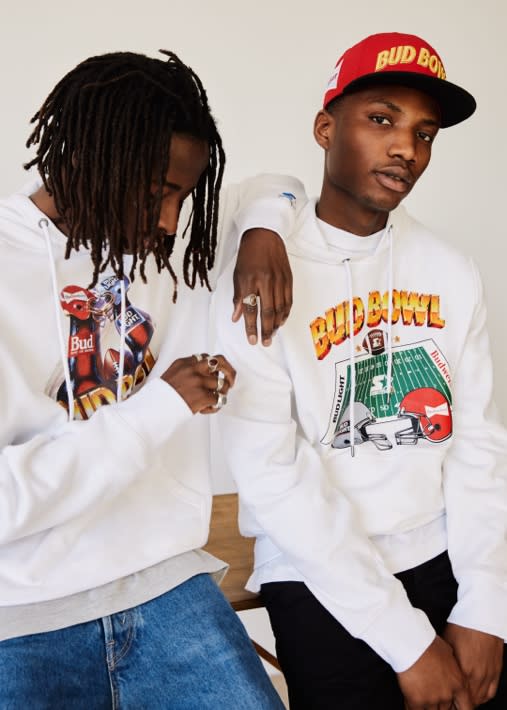
Under the auspices of former New York Giants linebacker and one-time Starter ambassador Carl Banks, the plan is to further grow the brand in both the sports and non-sports arenas.
“When you talk about this brand, there is no other apparel brand that has connected with pop culture and sports like the Starter brand in terms of its relevance,” said Banks, president of the G-III Sports group. “We’re going to scale the brand and re-establish a footprint at every tier of retail.”
According to Iconix chief executive officer Bob Galvin, Starter currently has sales of around $300 million. While the pandemic did take its toll, he’s not concerned. “Our momentum was building in 2019 and 2020,” he said. “And the 50th anniversary would have helped elevate those numbers significantly, but the way we look at it, you have to step backward sometimes to go forward.”
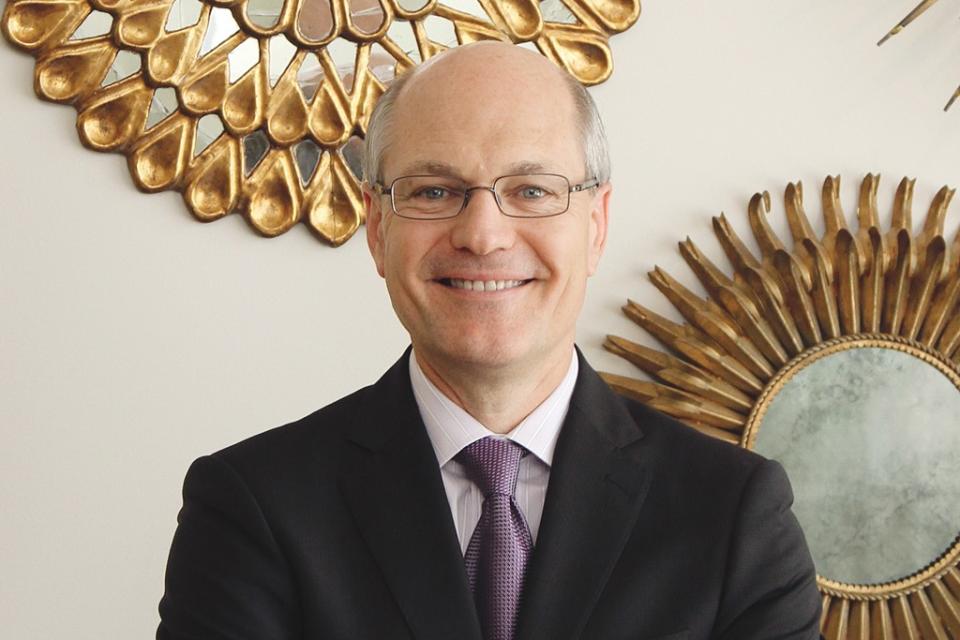
Thomas Iannaccone
Starter, which has a presence in 75 countries, is broken down into two segments, licensed sports and Black Label, which is non-sports product. The sports segment accounts for 55 percent of the business and the non-sports product is 45 percent, Banks said. Since 2017, the product has been available on Amazon.
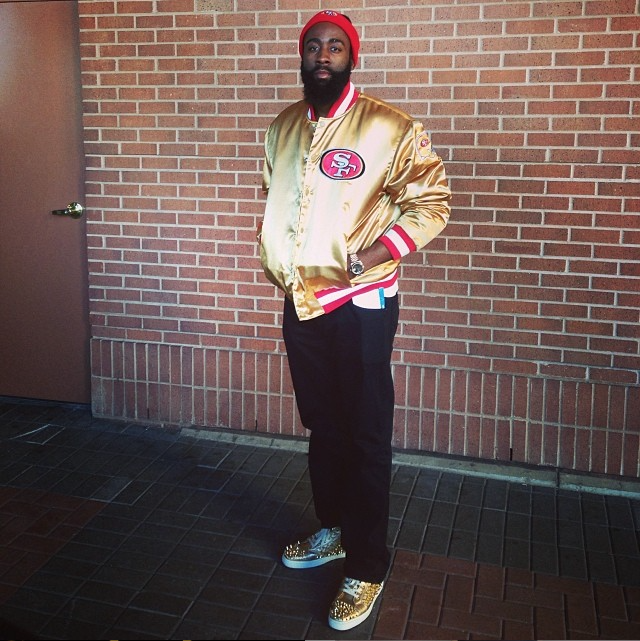
“We want to make sure the consumer has the product, whether it’s gym shorts or socks or T-shirts that may not have their favorite team on it but will still represent the brand,” he said.
Starter traces its history to New Haven, Conn., in 1971 when David Beckerman, a University of New Haven alumnus, started manufacturing team uniforms for local high schools. Soon after, the company began producing jackets for Major League Baseball, a path that eventually led to deals with the other major leagues including the NBA, NFL and NHL as well as an expansion of its product offering into headwear — Starter was the first brand to put a logo on the back of caps — activewear and other pieces that it marketed aggressively to the public.
Its star logo and its mission statement — “Every athlete dreams of being a starting player” — connected with athletes, celebrities and fans.
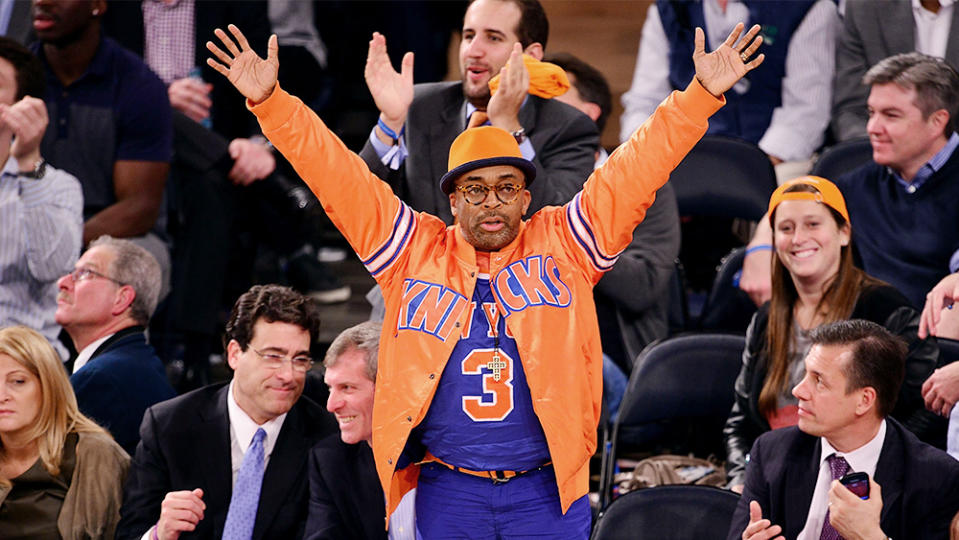
In its heyday, Starter jackets were seen on the backs of everyone from 49ers quarterback Joe Montana to DJ Jazzy Jeff, Spike Lee and Brooke Shields as sales skyrocketed to $356 million and the company went public on the New York Stock Exchange in 1993.
“Before Starter,” Banks said, “sports had no brand identities that were a wearable experience. It was all local sporting goods stores making product. David Beckerman had a vision, he wanted the major sports to be runways and the fandom to be a wearable experience, so he created these great shirts and jackets and jerseys that fans just fell in love with. And as a byproduct of that, it became culturally relevant outside of sport.”
But competition heightened, the demand for licensed sports apparel began to wane and Starter suffered, falling into the red, filing bankruptcy in 1999, and changing hands several times. It eventually wound up being purchased by Nike for around $43 million in 2004 and three years later became part of the Iconix family, where it found itself on the shelves at Walmart and selling direct-to-consumer. But things changed dramatically for Starter after the deal with Walmart ended in 2017.
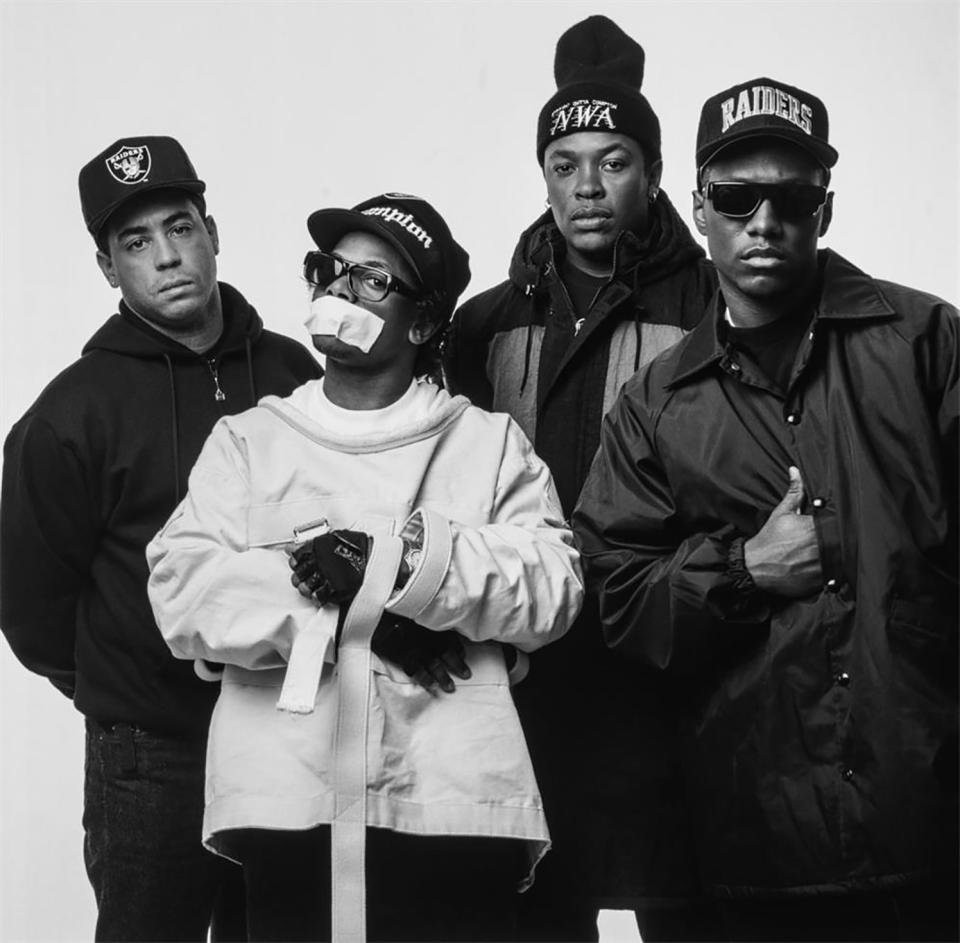
Galvin said it was then that Starter created the “two-tiered strategy” for the brand, centering around its core sports product and Black Label.
Banks, who has been running Starter since 2013, admitted that when he first got reacquainted with the brand at G-III, “it was a little unstable. But I saw the opportunity to bring the brand back.”
At the time, he said G-III was putting together a program for iconic movies including “Coming to America,” where Eddie Murphy and Arsenio Hall famously wore Starter jackets. So Banks reached out to a contact at the NFL and said he wanted to reproduce the jacket. The NFL put him in touch with Iconix and also told him that if he could get the rights, it would like him to “bring the brand back into sports.” One thing led to another and they were off to the races.
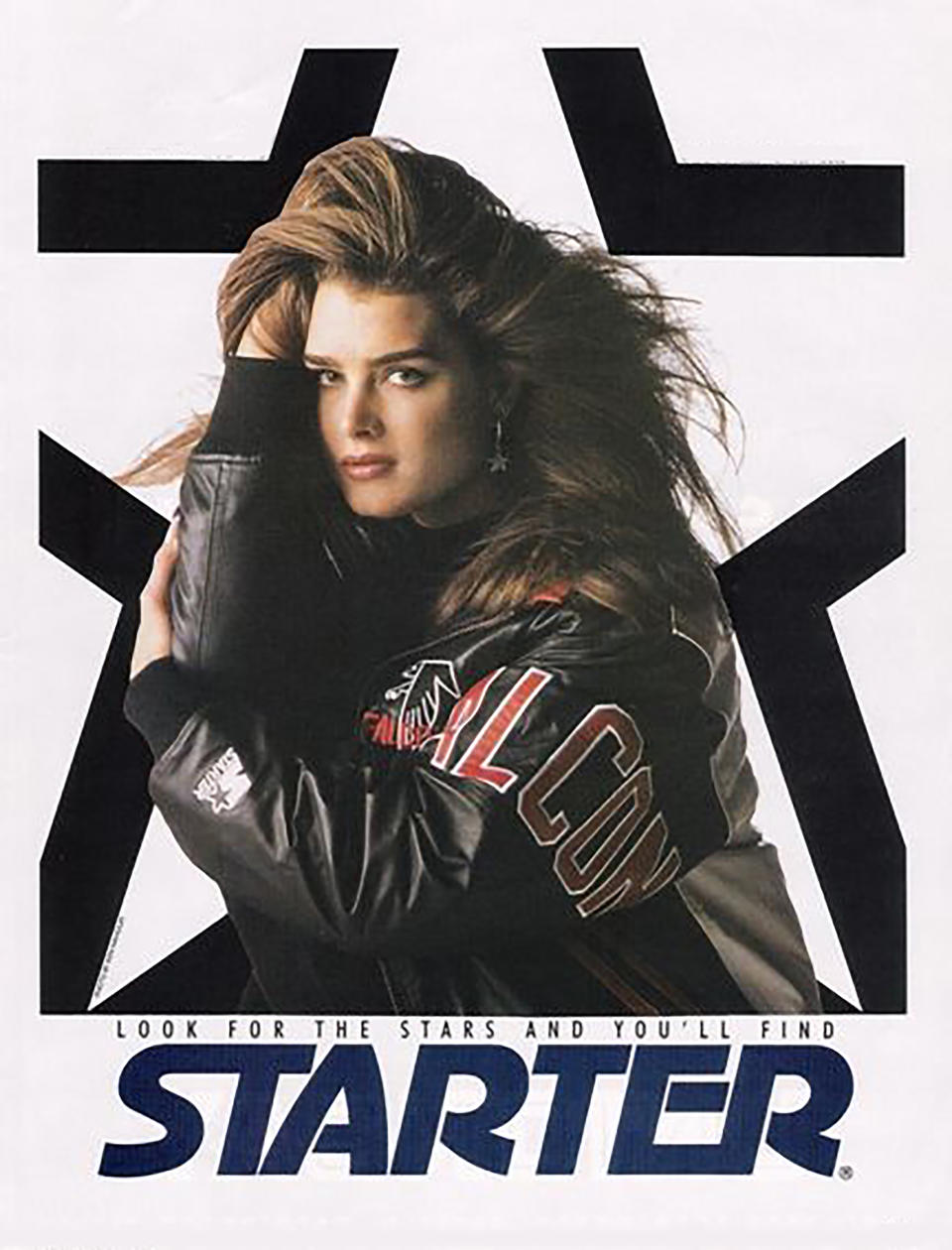
“We all thought that the legacy of the brand and the emotional connection that it has with all team sports is just unparalleled for an apparel company,” Banks said.
He then reached out to the other leagues including MLB, the NBA and the NHL, and their response was a “resounding yes,” he said. “They told me they’d love to have this brand back in sport.”
Banks acknowledged that other sports brands such as Nike have since excelled at blending sports and culture, but in his mind it was Starter that “set the template for how sports is presented. Starter has so many iconic silhouettes — the satin jacket, the breakaway jacket, that’s your Air Force 1 and your Air Jordan of apparel. They’re classic, iconic, never-gets-old pieces, and people still want it.”
For the anniversary, Starter started working with Budweiser at the beginning of the year on a series of drops. It launched in January with a reboot centered around the Bud Bowl, which first aired in 1989 during the Super Bowl, and featured a collection of T-shirts, sweatshirts and hats with vintage artwork.
Most recently, the brand created a capsule with Coca-Cola tied to the beverage company’s classic Hilltop commercial — also 50 years old this year — with an assortment of ’70s-inspired hoodies, Ts and fleece in bright colors.
Banks said the goal was to pick “legacy brands that were also relevant during the 50 years of the Starter brand.”
Beyond that, other collaborations have included Zara, Rhude, Acne, Daniel Patrick, Bape, Culture Kings and Ty Mopkins for Black History Month.
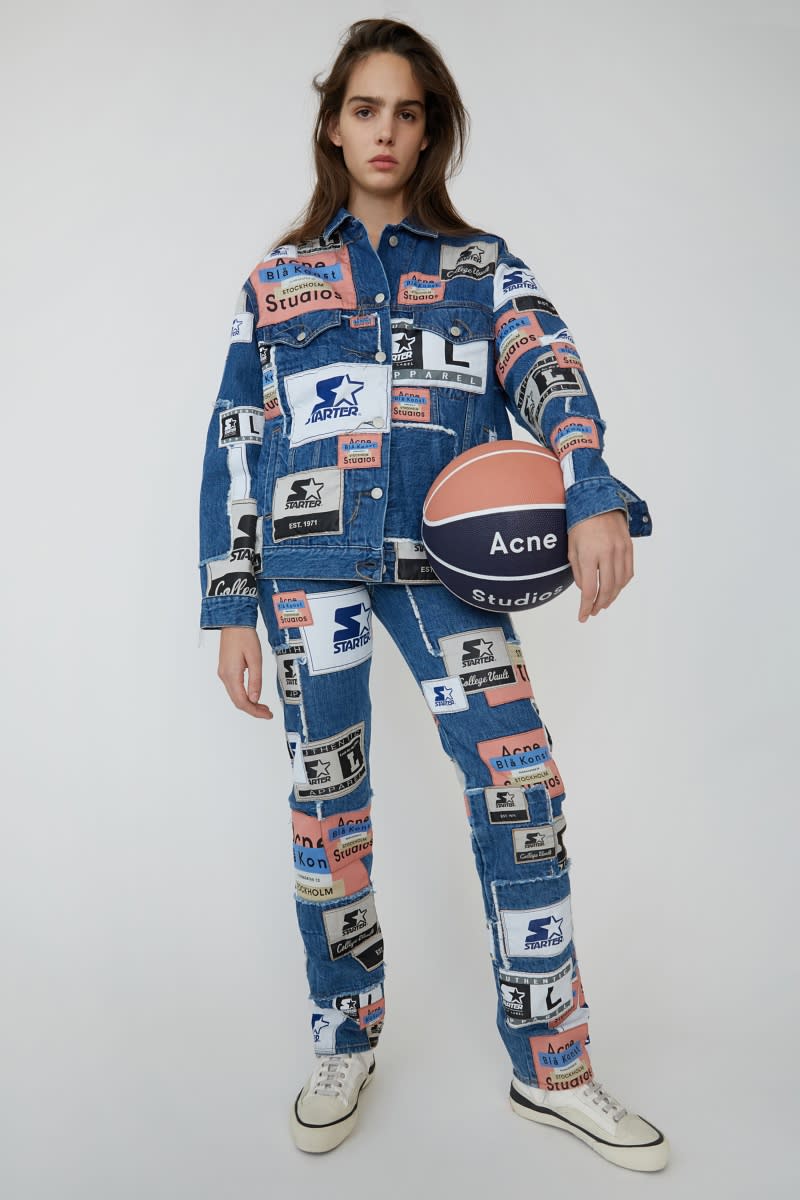
On the sports side, Banks said there is a “major rollout ode to the NFL” on the horizon as well. The brand is re-creating the Starter Locker Room Collection and solicited current-day players to film a modern-day version of the commercial, “What Does It Take to Be the Best,” which first aired in 1994 and featured Don Shula, Emmitt Smith, Karl Malone and Mark Messier.
Banks believes that on the lifestyle side, “opportunities in the non-sports business are pretty vast.” He said the brand is targeting stores such as Macy’s on the one hand and mass merchants including J.C. Penney and Target on the other, as well as sporting goods stores.
“The co-branded business with the leagues is very important but we feel there is a lot of opportunity outside sports as well,” Banks said.
Galvin said the brand views women’s wear as one of those opportunities. Although the women’s business did suffer a bit during the pandemic, sales have started to rebound as females embrace Starter’s streetwear-skewed product.
Galvin said that Banks and G-III have proven to be “consummate professionals” that know how to “build brands and product value and identify trends.” Banks has proven his chops off the field as well. “Yes, he was an athlete, but he’s an outstanding business leader.”
Galvin said that Iconix, which owns and licenses more than 30 brands including Umbro, Candie’s, Rocawear, Zoo York and Marc Ecko, counts Starter as among the largest in its stable. While Umbro is the biggest, particularly because of its international reach, he said Starter is “in the top five” and quite influential within the company.
Earlier this month, Iconix completed a deal to go private after being purchased by Lancer Capital in an all-cash deal worth $585 million, including debt. One of the principals of Lancer is Avram Glazer, whose family owns the Tampa Bay Buccaneers and who also holds a majority stake in the Manchester United soccer club.
Galvin said having a new owner with “an affinity for sports and a great business mind” will undoubtedly benefit Starter and the other Iconix brands.
“We had dedicated last year to finding financial solutions” in terms of lessening the company’s debt load, he said. So the acquisition “takes those concerns off the table and establishes us on sound financial footing.”

Dan D'Errico
Banks, too, said he is excited about Lancer’s purchase of Iconix.
“I couldn’t be happier,” he said. “The Glazer family has the most important soccer franchise in the world so they understand it, but they also understand the brand and the Starter legacy because it was on field for this family with the Tampa Bay Buccaneers.”
So what is it about Starter that has kept Banks engaged for nearly a decade?
“Fashion is my passion,” Banks said. “I could be signing autographs, but I want to build something important, I want to be a major player in this industry. There aren’t many former athletes who were serious about business and I wanted to be that guy. I saw the opportunity, continued to look for the white space in the industry, how fandom is worn and we continue to build on that.”
Sign up for WWD's Newsletter. For the latest news, follow us on Twitter, Facebook, and Instagram.